|
Last summer when it was so dry we were sure that we were going to lose our only yew tree, a very slow growing conifer found from northern California to southern Alaska. The tips all turned brown and dry and the bark was even more flaky and brittle looking than usual! It pulled through and we still have this one single Taxus brevifolia.
Western Yew is listed as "Near Threatened" by IUCN because of threats and declines. Threats include logging and harvesting of the bark for Paclitaxel, a compound that was found to be successful in the treatment of several cancers including ovarian and breast. At least this had been a threat. It was estimated that one tree was being killed for every patient treated and it was clear that this was not going to be sustainable! Two Cornell postdoctoral researchers got on this problem in the early 1990's and were successful in developing a process to produce Paclitaxel from plant cell cultures through fermentation. Large scale production meant that this natural product could be available at a fraction of the cost and effort and the yew trees were saved! Yay! Western (or Pacific) Yew on the coast often grows with many short branches and twisted stems. In the 1990s it was discovered that this is because a mite the Big Yew Bud Mite, (Cecidophyopsis psilaspis) damages the buds at the ends of branches by feeding on them. A team of scientists from the Pacific Forestry Centre looked at the prevalence of this mite in B.C. and found that except for a few high elevation sites, all the coastal locations searched had the mite, and the interior ones did not (http://cfs.nrcan.gc.ca/publications?id=32959). They also concluded that the mite was likely not native and was introduced from Europe on English Yew (Taxus baccata). It turns out the “characteristic” shape of a coastal yew isn’t the way the yew used to grow and likely is only recent. This would explain why the bows, tools and paddles that were made from Western Yew by the coastal first nations were straight and true.
0 Comments
Red Alder (Alnus rubra )is a quickly growing tree of moist sites, often along water courses and particularly of disturbed soils. Our few alders are on the side of our property that was an old road right of way and undoubtedly was established on the road edge shortly after the road was abandoned.
Alders have two types of catkins (shown here). The long pendulous catkins are pollen producing and the rounded dark brown ones, which look similar to the cones on a conifer are the seed bearing ones. Alder seed is borne profusely, and they have two small wings on either side of the flat seed- which help them disperse in the wind. Alder seed is a favourite of Pine Siskins however, and flocks of Siskins l. They are useful trees from a bird point of view, often they have heavy cateripillar loads and that makes them a good foraging area for songbirds looking for food for nestlings. Rather embarrassingly, it was finding the Common Emerald (#142) that made us go look and see if we had Red Alders on the property this summer.  When I was at university, my parents took in a number of exchange students. One of these, John from New Zealand, returned for a visit several years later and I picked him up from the ferry and drove him to my parents. We arrived at the house and got out of the car. "Just a minute." said John and he ran into the woodshed, held a piece of cedar kindling to his nose and inhaled deeply..."now I know I'm back..."and he smiled broadly. The smell of fresh cut cedar is a wonderful thing. Western Red Cedar (Thuja plicata) is a conifer with very rot resistant wood, so often used for fence posts, railings, and decking. It splits easily in long pieces and much of my teenage years was spent splitting fence posts, railing and cutting cedar shakes to earn pocket money. It is the wood of choice for coastal First Nation's canoes, long house boards and totem poles. The inner bark can be stripped, worked to make it pliable and used for matting and clothing. The branches can be twisted into rope - the uses of this tree are just about endless. Here at Leaning Oaks we have a handful of cedars, although several of them have died since we moved here, likely victims of recent hot, dry summers. New recruits are non-existant on the property-they are heavily browsed upon by Blacktail Deer, which are at a very high population levels.  Scouler's Willow (sometimes call the Upland Willow) (Salix scouleriana) is a large shrub to small tree here at Leaning Oaks. Mostly, they go unnoticed except for a few glorious weeks in the fall when their many medium to small leaves turn bright yellow. Our biggest one is behind the deck over the pond and in the fall it reminds me of those fireworks that explode in sprays of yellow. The bark (pictured here) is almost always covered with patches of a light coloured lichen - which we haven't tried to identify yet. Scouler's Willow lives in a variety of habitats and as its alternate common name suggests it thrives in sites that are more upland than many species of willow. It's wood is sometimes used by carvers. It can be a useful species for vegetating an area, and branches, even quite large ones, root readily when stuck into the ground in moist soil.  The Bigleaf Maple is the largest maple in Canada, reaching up to 36 meters in height. The leaves are huge to match, the deeply lobed leaves can be up to 30 cm across and are also the largest in Canada. Possibly the most dangerous as well -last night as I was driving home, one of these behemoths fell and splayed itself across my wind shield. I could see nothing. There are a few very large Acer macrophyllum on Leaning Oaks, putting their roots down in the moister areas. 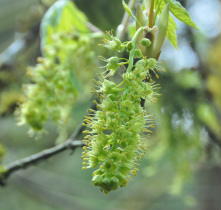 The buds start showing in April, followed by the honey sweet smell of the flowers. These flowers are edible and we'll often put a few in a salad. The other very yummy part is the sap; maple syrup from Bigleaf maples is very different than what comes from the eastern sugar maples. It is much richer and amazingly variable from tree to tree. The jars of syrup below; were all produced by Connie and Ralph Johnson in one year from the Cowichan Valley. The flavour will vary as much as the colour. Ralph is shown working at tapping a Bigleaf maple. The sugar content of the sap is much lower, so the amount of sap required to get a good syrup is greater. The tapping is usually done in January. Maple syrup photos by Connie Johnson. 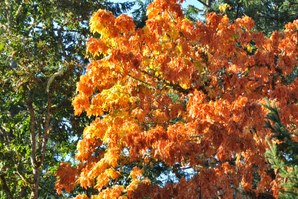 The strong close grained wood was used for paddles and dishes by local First Nations. The inner bark was used for rope and baskets. The bright yellows and oranges in the fall gives what is generally a subtler show of colour here on the coast a bit off oomph. 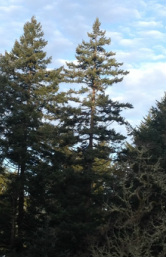 Coastal Douglas-fir (Pseudotsuga menziesii var. menziesii) are the largest trees that occur on Leaning Oaks. They provide a roosting place for Great-horned Owls, Red-tailed Hawks, American Robins and many others. The distinctive cones are food for finches and many arthropods and all manner of birds glean the needles for insects. The gnarley bark helps protect the tree in the fire driven ecosystem that it lives in. Where trees have encroached on the Garry Oak meadow or our house we have had them taken down part way so that a snag remained. The use these snags have received has been fabulous. Violet-green Swallows, Chestnut-backed Chickadees and Red-breasted Nuthatches nest in cavities, big shelf fungi grow on the sides and Pileated Woodpeckers search for insects with great vigour. 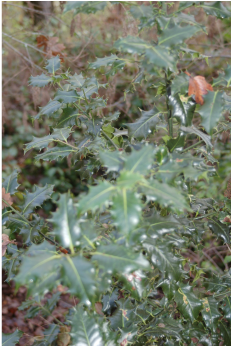 As we write these accounts, it occurs to me there is a growing list of species that we have on the property that we don't want and actively remove. This is another of that ilk, the introduced English Holly, Ilex aquifolia. We don't have many individual plants of English Holly, and when we find them we usually cut them down. Their root systems are quite substantial, so digging is labour intensive and disturbs a lot of ground. Cut stumps often resprout, but repeated cutting will eventually kill the plant. This is a species that is likely spread by birds. In nearby Seattle there is growing concern about the spread of holly and its increasing tendency to grow in the understory of shaded forests. It is so successful that it now outnumbers native conifer seedlings in parts of Seattle and will soon be a dominant tree species in wooded areas. There few trees as distinctive as the broad-leaved evergreen (Canada's only one) Arbutus, or if you are from the U.S. "Madrone". The idea that I'm fortunate to live on a property with many Arbutus, my favorite tree, still astounds! Arbutus trees are adapted to the dry open forests and rocky slopes with shallow soils that are found on Leaning Oaks. The thick leathery leaves will shed in the summer during times of drought. The peeling bark exposes the smooth, silky sensuous surface that can be cool to the touch. The drooping clusters of small white bell-like flowers that bloom in the spring fill the air with a lovely earthy honey scent. The fall clusters of red berries are manna to the birds, particularly the robins and other thrushes. In a good berry year dozens of birds will burst from the tree tops, pooping red berries everywhere! We'll add photographs of the flowers and blooms as those seasons come. When a friend told me about the poem "My Love's an Arbutus" by Alfred Perceval Graves, she said she never really understood the reference to the tree until she moved to Victoria and saw the tree through the seasons. "No wonder his love was an Arbutus, she is always shedding her clothes" was her assessment! 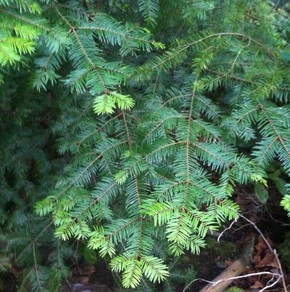 At Leaning Oaks, Grand Fir (Abies grandis) is represented by seedlings and sapling trees only, so far we have not found a mature tree on the property. Most of the property is too dry to support a mature Grand Fir and the saplings succumb to summer droughts. Grand Fir foliage is easily identified by its odour, when crushed the foliage smells like grapefruit. Our friend Jan Garnett put that to good use one dinner by making a palate-cleansing sorbet from Grand Fir needles - delicious! We start with the name sake of Leaning Oaks - the Garry Oak (Quercus garryana). The wild Welsh corgi is a frequent visitor to these meadows. These gnarly trees range from the east coast of Vancouver Island south to California.
Here is a great blog that sums up a whole lot of great tidbits about this lovely tree: http://www.scilogs.com/expiscor/ten-facts-about-garry-oaks/ EFlora: http://linnet.geog.ubc.ca/Atlas/Atlas.aspx?sciname=Quercus+garryana |
AuthorsTwo biologists on a beautiful property armed with cameras, smart phones and a marginal knowledge of websites took up the challenge of documenting one species a day on that property. Join along! Posts and photographs by Leah Ramsay and David Fraser (unless otherwise stated); started January 1, 2014. Categories
All
Archives
May 2025
|
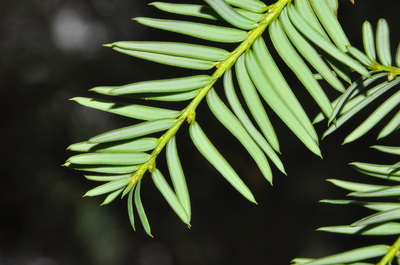
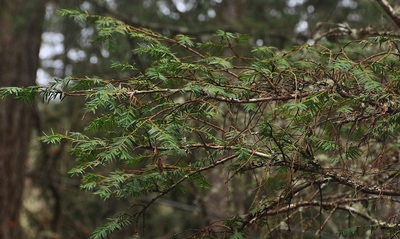
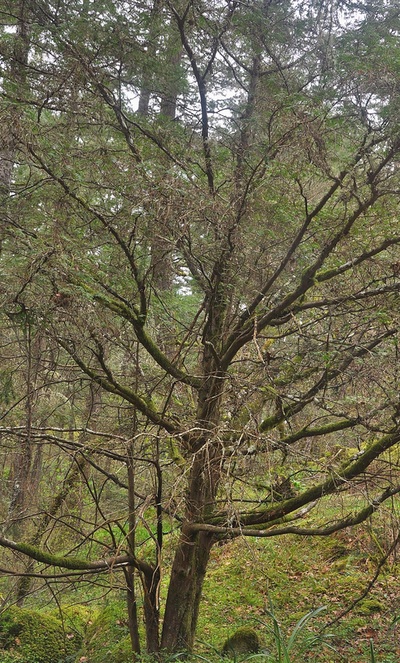
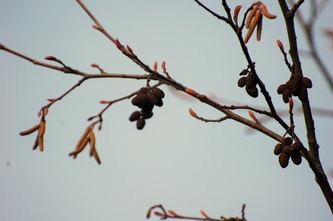
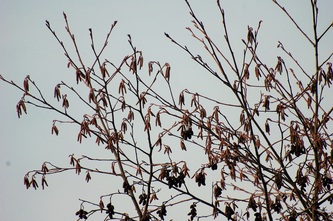
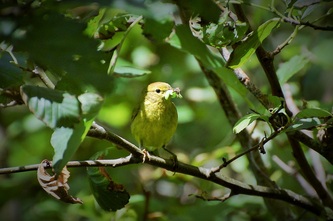
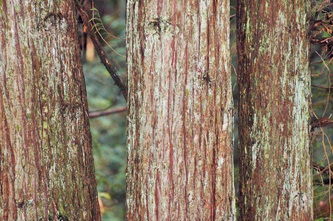
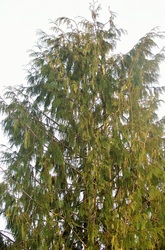
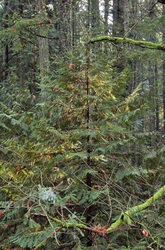
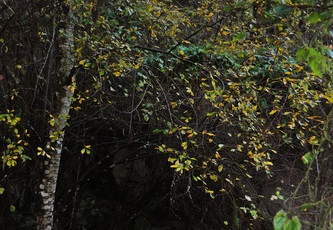
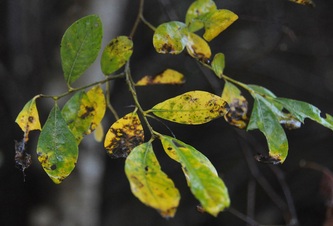
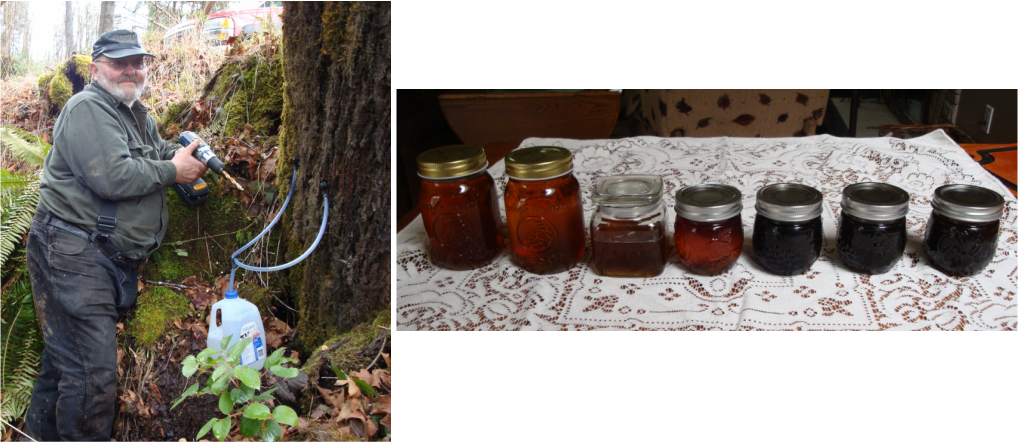
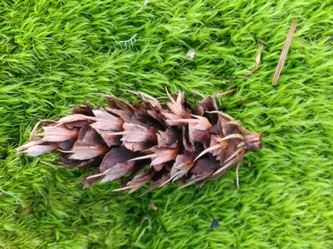
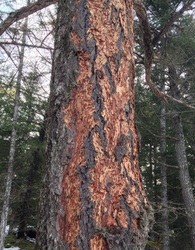
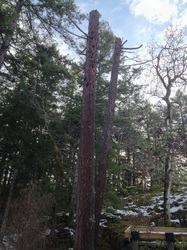
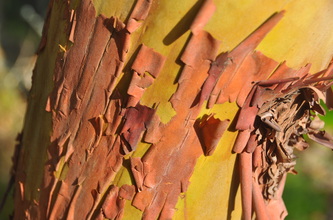
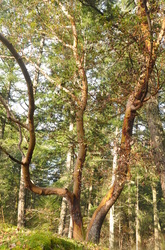
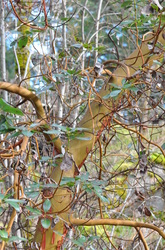
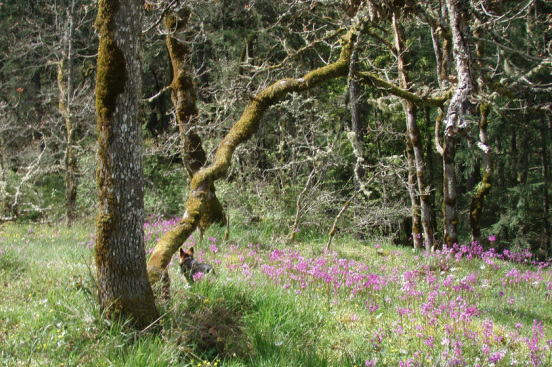
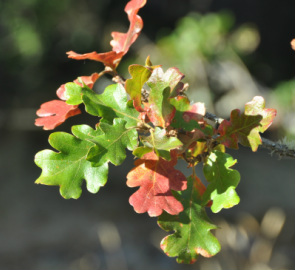
 RSS Feed
RSS Feed